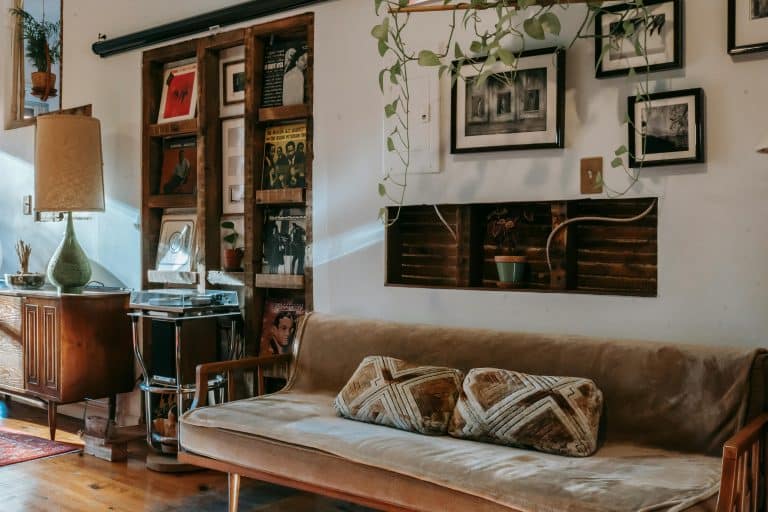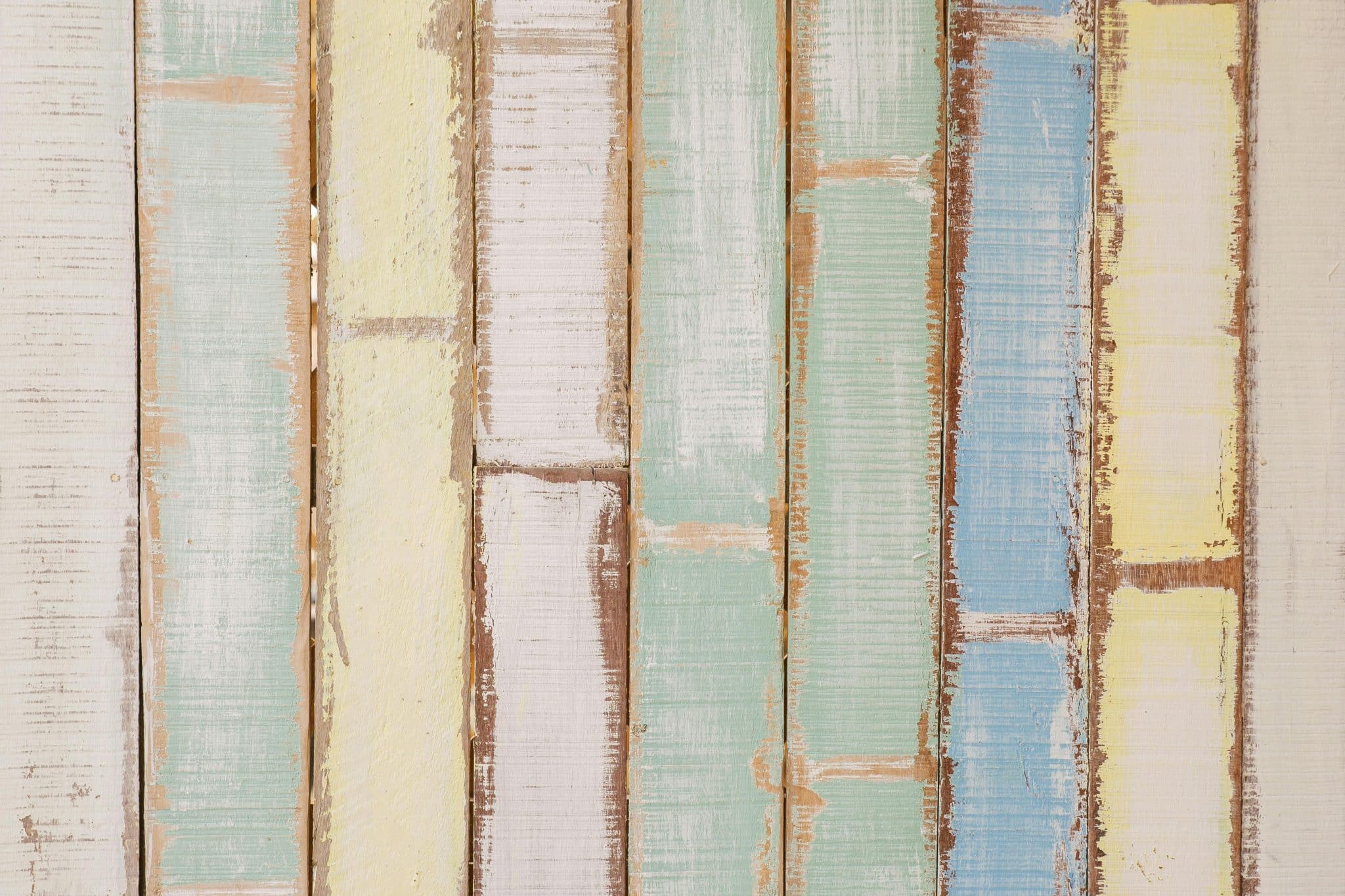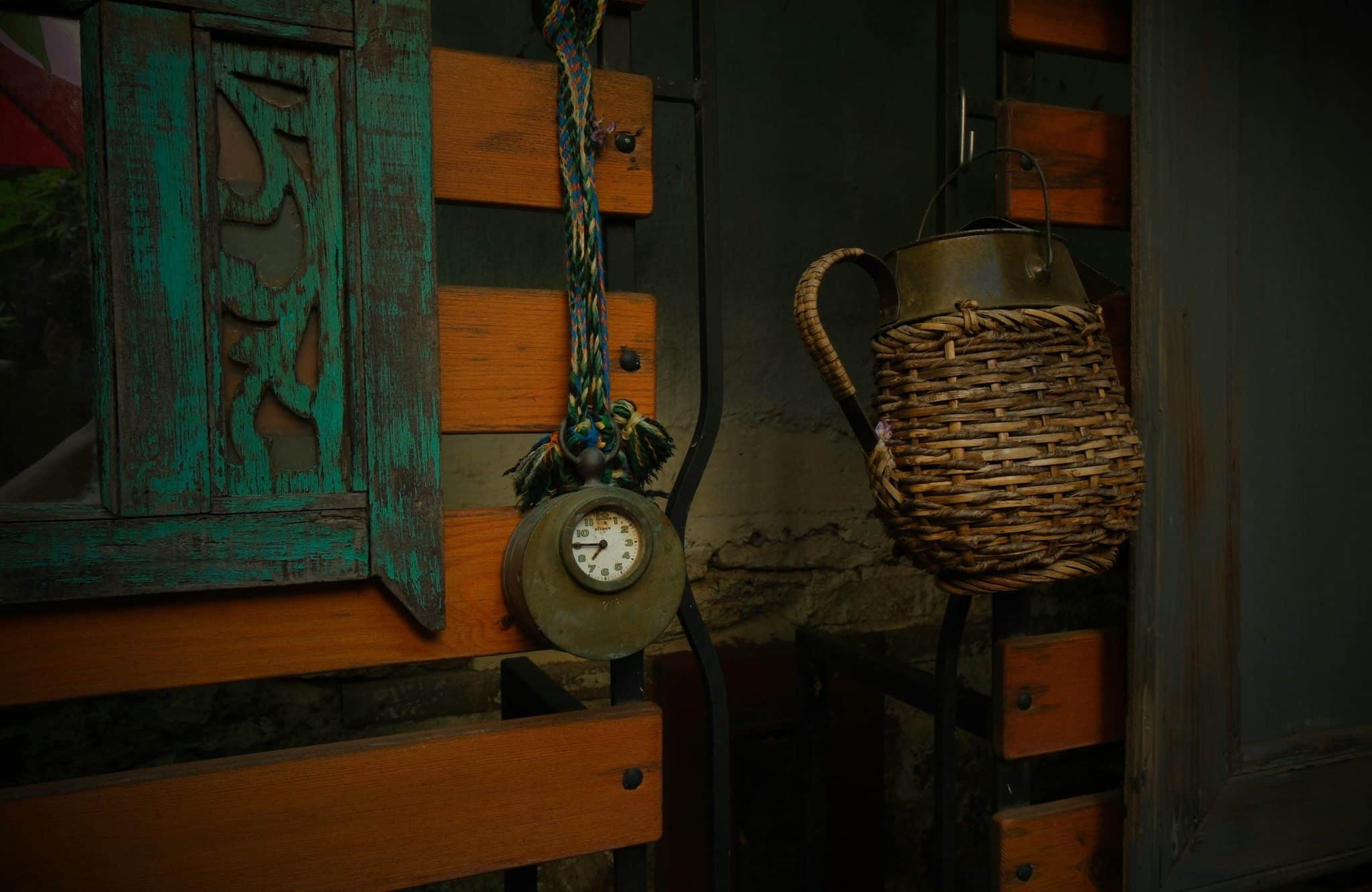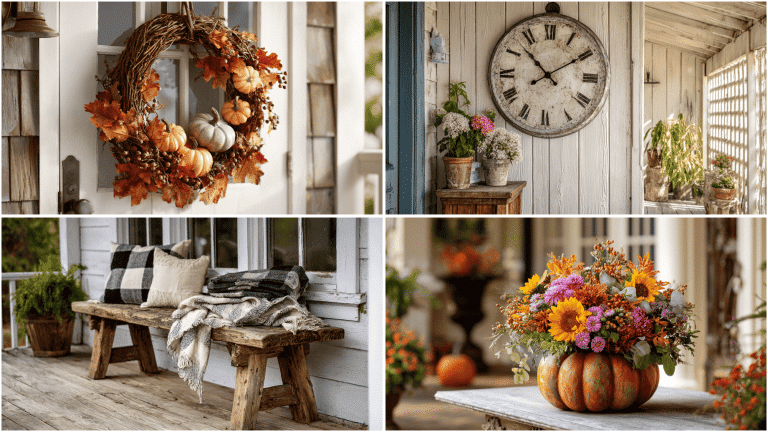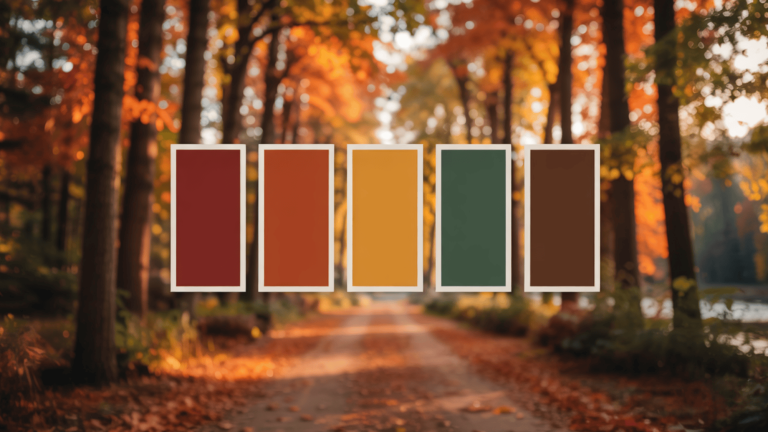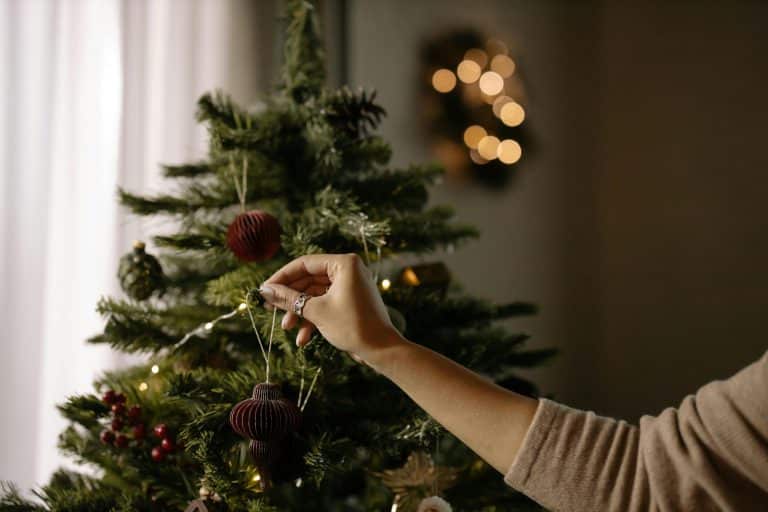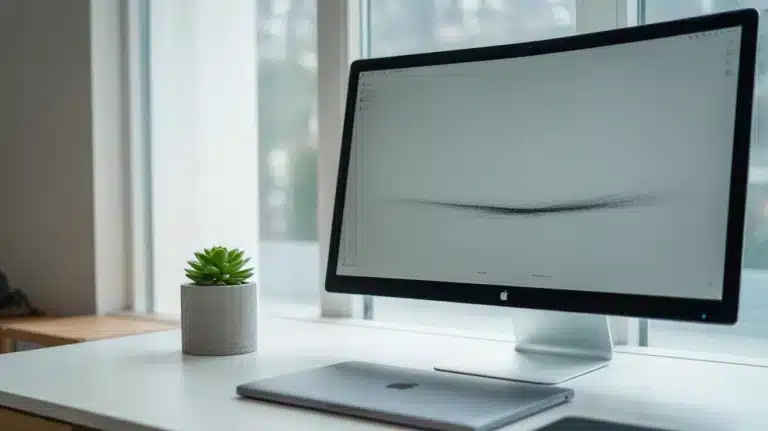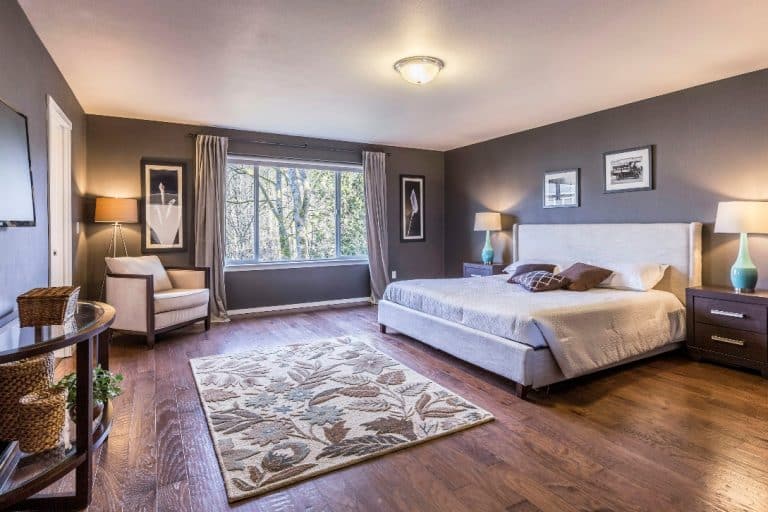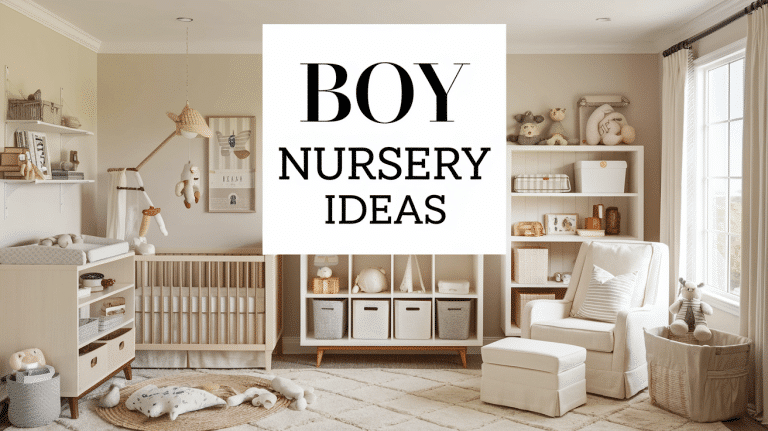If your ideal space feels like a warm embrace—colourful, inviting and full of life—then Bohemian (or “boho”) interior design might just be your perfect match. With its roots in artistic freedom and worldly flair, the boho aesthetic celebrates self-expression through an eclectic mix of textures, tones and treasures collected over time.
But while bohemian interiors may look effortless, there’s an art to the layering that makes them feel cohesive rather than chaotic. Here’s how to strike the right balance when it comes to mixing patterns, playing with colour, and building textural depth that invites relaxation.
Start with a Neutral Foundation
Boho design is often associated with vibrancy, but starting with a neutral base—think white walls, timber floors or natural woven rugs—can ground your space and make it easier to layer colours and prints without overwhelming the eye. From there, introduce statement pieces that stand out against your base. A beautiful marble coffee table, for example, not only adds a touch of luxury but also provides a solid, textural anchor amidst soft textiles and eclectic accessories.
Embrace Rich, Earthy Colours
The boho palette tends to draw from nature—burnt orange, olive green, mustard yellow, clay red, and indigo blues are all popular choices. These hues work well because they feel lived-in and organic, which complements the layered, collected feel of the style. Don’t be afraid to blend cool and warm tones as well… try terracotta cushions on a forest green couch, or pair a mustard throw with indigo wall art. The trick is to keep the tones muted or slightly dusty, rather than too saturated or primary-coloured.
Master the Art of Pattern Mixing
Pattern is where boho really comes to life—but there’s a fine line between layered and cluttered. Start by mixing patterns of different scales: large-scale florals with finer stripes, for instance. Stick within a consistent colour family to keep the look cohesive. Global-inspired prints like Moroccan tiles, Indian block prints, and Turkish kilims work beautifully in a boho setting. Try using patterned textiles on floor cushions, curtains, or as an upholstered bench at the foot of the bed. And remember: not everything needs to match—boho loves a bit of rebellion.
Layer Your Textures
Texture adds dimension, warmth and interest, especially when working with a mostly neutral colour scheme. Think chunky knit throws, velvet cushions, woven baskets, macramé wall hangings, and raw timber furniture. Contrast is key: place a linen sofa next to a leather pouffe, or hang a rattan pendant light above a smooth marble surface. These subtle shifts in material will make the room feel tactile and lived-in.
Curate with Meaning
A bohemian space should tell your story—display personal treasures, travel finds, vintage heirlooms and art that resonates with you. The aim is to create a space that feels layered over time, not bought all at once. Plants also play a big role in boho styling. Trailing vines, cacti, and lush palms breathe life into the room and introduce natural shapes that soften hard lines.
Balance Chaos with Calm
While boho design welcomes a little wildness, it still needs moments of rest. Ensure your space has visual pauses (clean surfaces, uncluttered corners, or single-colour backdrops) that allow the eye to relax. Try not to crowd every wall and surface; instead, focus on vignettes—groupings of objects that feel intentional and collected.
Bohemian style is more than just a design trend—it’s an invitation to decorate with heart
When done well, it’s a fusion of colour, comfort and creativity, layered with thoughtful textures and meaningful objects. By starting with a strong foundation (like a statement table or a neutral-toned couch) and building upward with colour, pattern and texture, you can craft a boho-inspired home that feels as expressive as it is inviting. Let your space tell your story—and don’t be afraid to break the rules. After all, that’s what bohemian living is all about.

